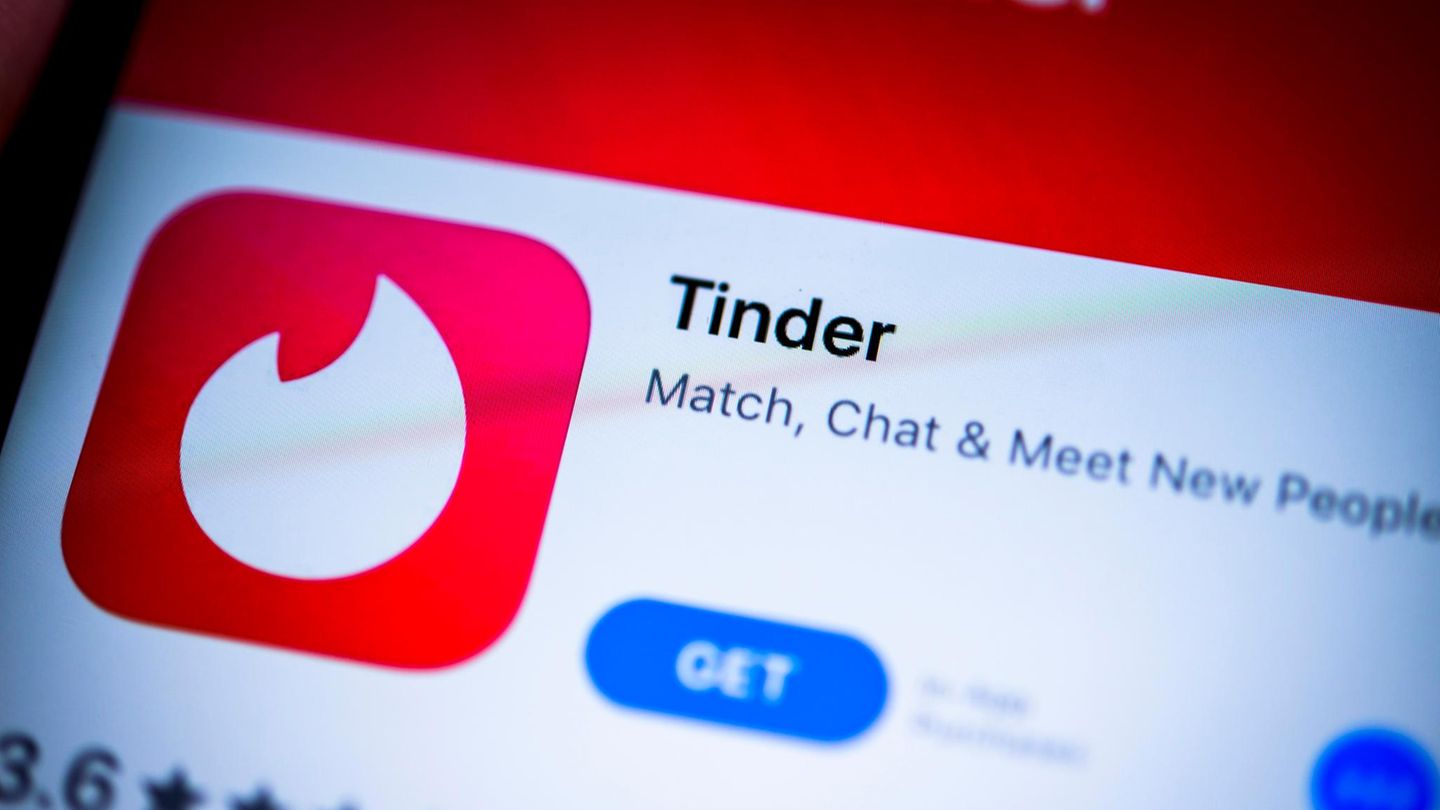I am a 24-year-old writer and journalist who has been working in the news industry for the past two years. I write primarily about market news, so if you’re looking for insights into what’s going on in the stock market or economic indicators, you’ve come to the right place. I also dabble in writing articles on lifestyle trends and pop culture news.
Menu
Ten years of Tinder: How an app revolutionized single life
Categories
Most Read
Katja Krasavice: Rapper talks about the house search
October 13, 2025
No Comments
Margaret Thatcher would have been 100 years old: the Ferragamo handbag becomes a weapon
October 13, 2025
No Comments
Ugg boots trend: These models are a must-have for cooler days
October 13, 2025
No Comments
Prince William: He “doesn’t want to repeat” his parents’ mistakes
October 13, 2025
No Comments
Police action: Rapper Katja Krasavice speaks out after a house search
October 13, 2025
No Comments
Latest Posts

Precious metals: Gold resumes record hunt – customs dispute in focus
October 13, 2025
No Comments
AngelicaI am an author and journalist who has written for 24 Hours World. I specialize in covering the economy and write about topics such as

People: Reese Witherspoon: Wanted to be a surgeon because of parents
October 13, 2025
No Comments
Lisa HarrisI am an author and journalist who has worked in the entertainment industry for over a decade. I currently work as a news editor

Katja Krasavice: Rapper talks about the house search
October 13, 2025
No Comments
Drink driving Katja Krasavice’s house search: rapper talks about the operation Listen to article Copy the current link Add to wishlist After a Tiktok video,
24 Hours Worlds is a comprehensive source of instant world current affairs, offering up-to-the-minute coverage of breaking news and events from around the globe. With a team of experienced journalists and experts on hand 24/7.

